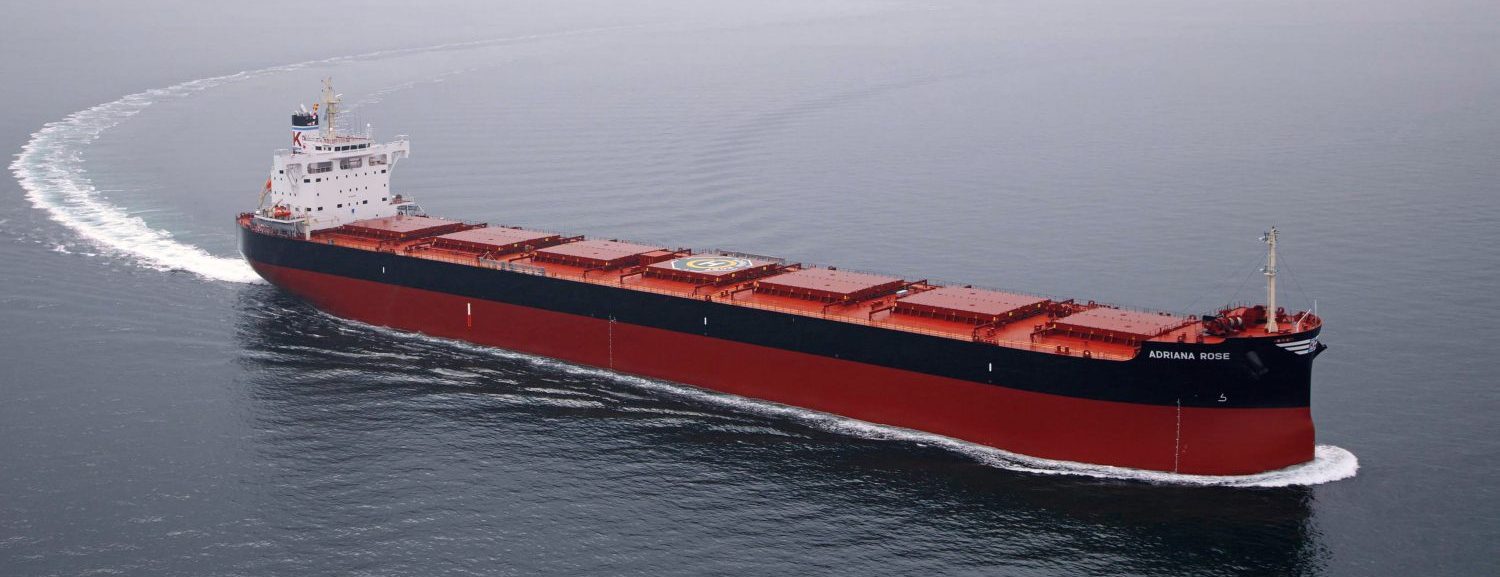
About
The safe carriage of cargoes is fundamental to the bulk carrier industry however not all stakeholders are meeting their responsibilities to provide Masters and crews with the essential information needed to ensure the safe shipment of cargoes.
The International Maritime Solid Bulk Cargoes (IMSBC) Code provides the carriage requirements for cargoes and clearly lays out the responsibilities of the various stakeholders, including the specific information about the cargo that should be provided to the Master. INTERCARGO strongly believes that shippers/receivers continue to mis-declare cargo—whether intentionally or out of negligence—with potentially tragic results.
INTERCARGO is particularly concerned with Group A cargoes, these being cargoes that may undergo a moisture related cargo failure mechanism such as liquefaction and dynamic separation. Our annual Bulk Carrier Casualty Report highlights the impact that liquefaction has on bulk carrier losses and seafarer deaths.
INTERCARGO takes an active role at the IMO and other fora to promote the safe carriage of cargoes. To assist the Association’s work, INTERCARGO’s Cargo Panel considers various cargo related matters including liquefaction and advises the Technical Committee accordingly. Members who wish to participate in this group should contact the Secretariat.


